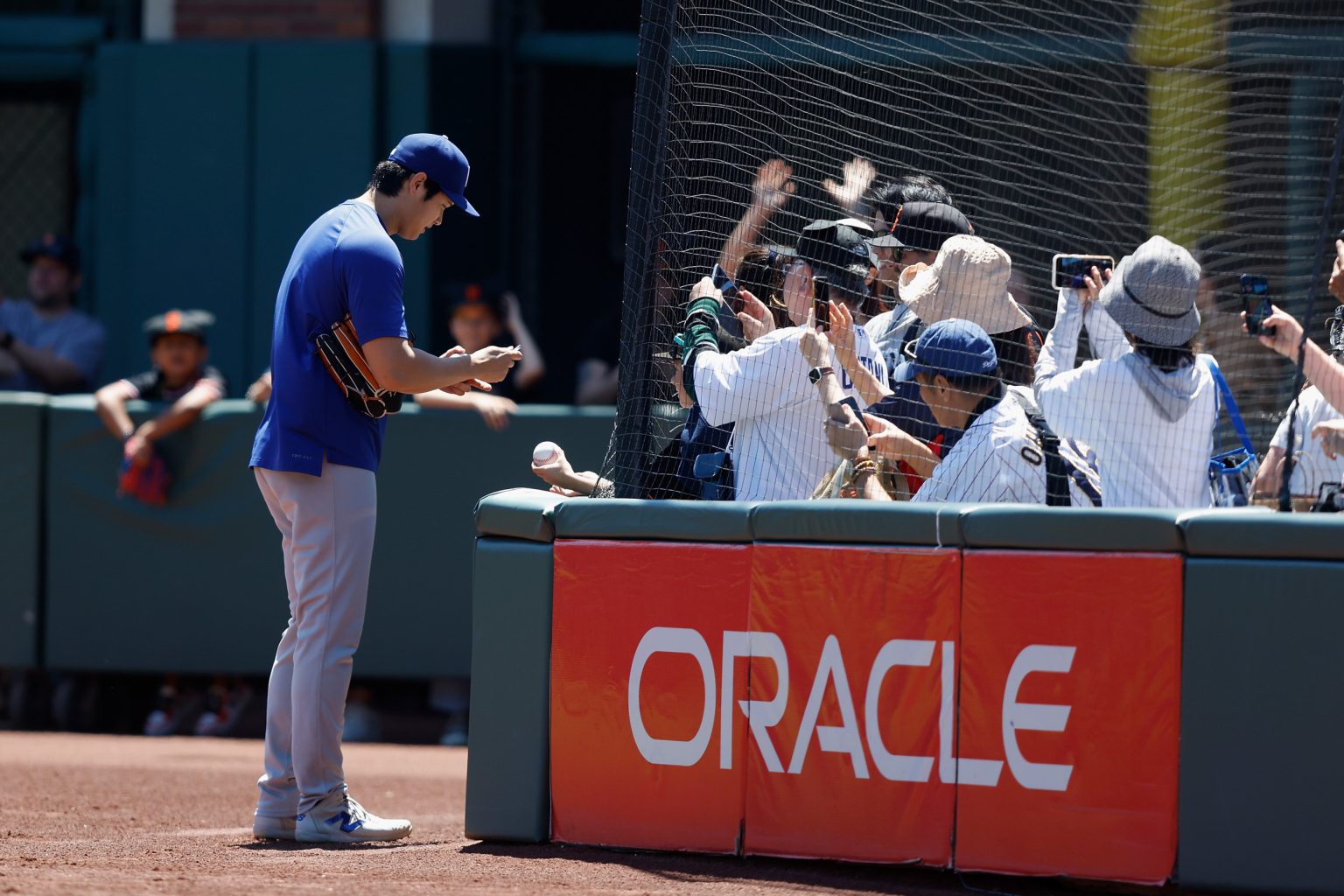The San Francisco Giants, despite their rich history and desirable location, have faced a recent string of high-profile free agency disappointments, failing to land superstars Shohei Ohtani, Aaron Judge, and Bryce Harper. This has fueled a narrative that San Francisco is no longer an attractive destination for top-tier talent. Former Giants president of baseball operations, Farhan Zaidi, vehemently refutes this claim, attributing the failed pursuits to individual circumstances rather than an overarching aversion to the city or organization. He points to the recent signing of star shortstop Willy Adames as evidence that the Giants remain capable of attracting elite players. While acknowledging the setbacks, Zaidi stresses the positive aspects of the franchise and city, emphasizing his own positive experience in San Francisco and expressing confidence in the Giants’ future ability to lure top talent.
Zaidi, who was subsequently replaced by Buster Posey, offers specific insights into the decisions of each player. In Ohtani’s case, Zaidi suggests established roots in Southern California and the consistent success of the Los Angeles Dodgers likely played significant roles. Despite the Giants and the Toronto Blue Jays offering similar financial packages – a 10-year, $700 million deal with deferred payments – Ohtani ultimately chose to remain on the West Coast, but with the Dodgers. This illustrates the importance of factors beyond purely financial considerations.
The pursuit of Aaron Judge, a player synonymous with the New York Yankees, proved equally challenging. Zaidi reveals that Judge’s deep-rooted connection to the Yankees and their iconic status within baseball made it difficult to sway him westward. Despite a brief period of speculation that Judge might be headed to San Francisco, Zaidi emphasizes that no formal agreement was ever in place. Ultimately, Judge’s loyalty and desire to continue building his legacy in New York prevailed. This highlights the power of established player-franchise relationships in free agency decisions.
The pursuit of Bryce Harper, which unfolded over several months, presented a different set of challenges. Zaidi believes Harper’s concerns about Oracle Park, specifically the spacious outfield, contributed to his decision to sign with the Philadelphia Phillies. This demonstrates how ballpark dimensions and player preferences can influence free agency outcomes, particularly for position players. While the Giants have since addressed this issue with ballpark modifications, it likely played a role in Harper’s decision-making process.
Zaidi’s insights offer a nuanced perspective on the complexities of free agency negotiations. While the Giants’ failures to land these high-profile players have undoubtedly been disappointing, they do not necessarily indicate a systemic issue with the organization or the city of San Francisco. Each player’s decision was influenced by a unique combination of factors, ranging from personal preferences and geographic considerations to franchise loyalty and ballpark dimensions.
The Giants’ recent signing of Willy Adames, a highly sought-after shortstop, serves as a positive counterpoint to the narrative of San Francisco being an undesirable destination. This acquisition demonstrates that the Giants remain competitive in the free agent market and can attract top talent. While the losses of Ohtani, Judge, and Harper were setbacks, they do not define the Giants’ future. The organization continues to build a competitive roster and remains committed to attracting players who want to play in San Francisco. The signing of Adames, a significant investment in a player at a premium position, underlines this commitment and signals a continued pursuit of championship contention.

